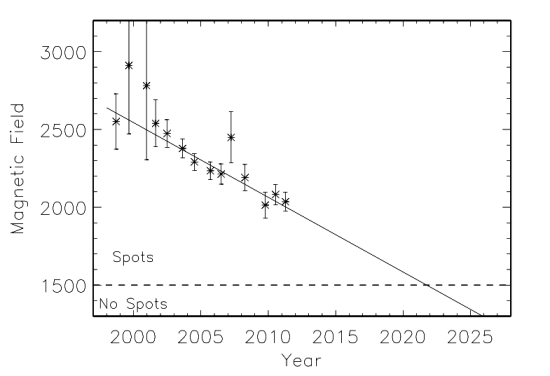Surprise, surprise! Obamacare doesn’t stop Medigap providers and AARP from discriminating against seniors with preexisting conditions, as had been promised.
This story is just more evidence that the law is a mess, it should never have been passed, and in the future our so-called lawmakers should read the goddamn legislation before they vote on it.
I should add that I think it a very big mistake for the government to forbid insurance companies from denying new coverage to sick individuals. If insurance companies are forced to accept everyone as a new customer, even those who are ill, why bother paying for insurance when you are healthy? Everyone can simply wait until they are sick, and then buy the coverage, thereby getting a lot of insurance for very little investment. The result: insurance companies go bankrupt, as the whole concept of insurance depends on a lot of healthy customers paying the cost, at a low rate, for those who are sick.


